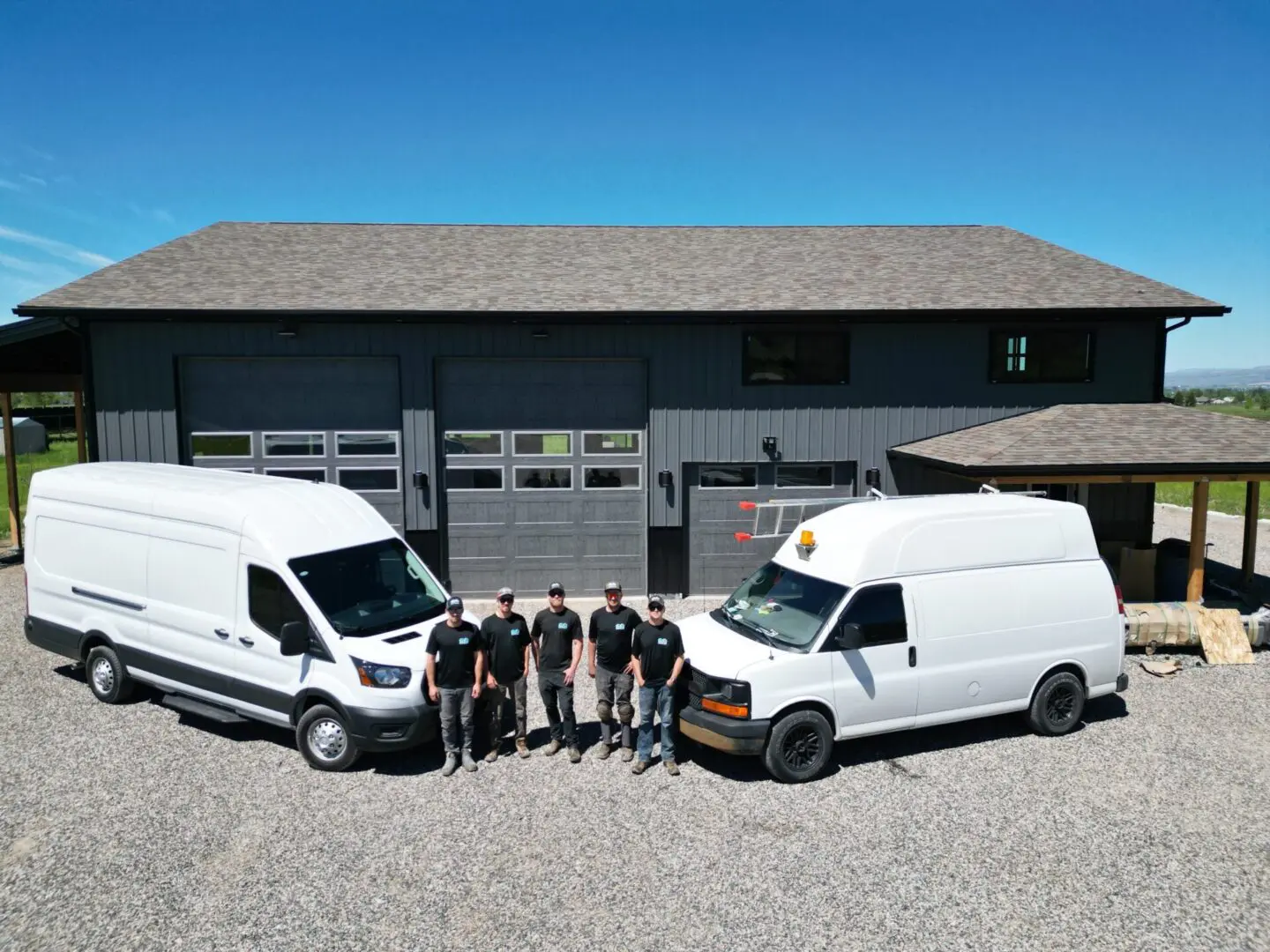FAQs

Radon is a radioactive gas. It is colorless, odorless, tasteless, and chemically inert. Unless you test for it, there is no way of telling how much is present. Radon is formed by the natural radioactive decay of uranium in rock, soil, and water. Naturally existing , low levels of uranium occur throughout the globe. In certain areas, higher concentrations are found which created the need for radon mitigation systems to be installed.
The EPA states that any radon exposure carries some risk; no level of radon exposure is always safe. However, the EPA recommends homes be fixed if an occupant's long-term exposure will average 4 picocuries per liter (pCi/L) or higher. A pCi is a measure of the rate of radioactive decay of radon.
A radon mitigation system is any system or steps designed to reduce radon concentrations in the indoor air of a building. The EPA recommends that you take action to reduce your home's indoor radon levels if your radon test result is 4 pCi/L or higher. The primary benefit is reducing the risk of developing lung cancer. Standard radon reduction systems are usually effective within 24 hours and maintain low levels as long as the system is operating. Another potential benefit of these systems is reduced infiltration of moist soil air with the radon, which may reduce the humidity level in the basement of the home. Homeowners should consider correcting a radon problem before making final preparations to sell a home. This often provides more time to address the problem and find the most cost-effective solution. In addition, the current occupants--not just the buyer's occupants--will reap the benefit of reduced risk.
More information can be found at the National Radon Proficiency Program https://nrpp.info/consumers/
